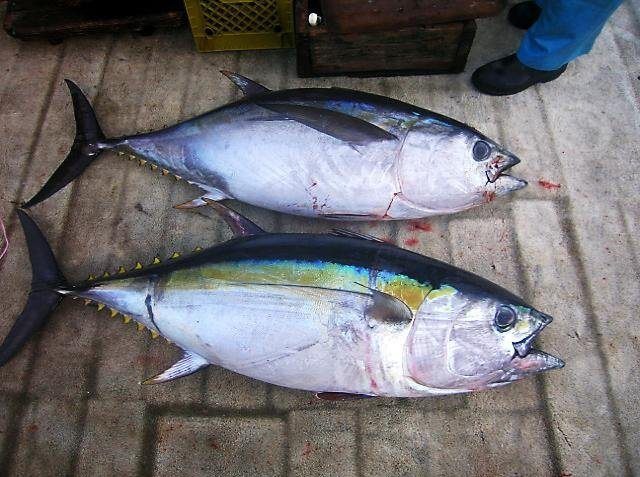Judge Rules Hawaiian Fishermen Can Continue Catching Bigeye Tuna Beyond International Limits, Ignoring Environmental Concerns
U.S. District Judge Leslie Kobayashi has ruled that fishermen in Hawaii will be allowed to continue catching bigeye tuna, also known as ahi, beyond international limits, angering environmental groups who warn that overfishing will put tuna populations in danger.
According to international guidelines set by a commission that oversees commercial fishing between Hawaii and Indonesia, longline fishermen in Hawaii were permitted to catch up to 3,500 metric tons this year, which was reached in August.
Then, the U.S. National Marine Fisheries Service created a new rule allowing additional catch limits for three Pacific territories, and allowed each of the territories to share half their catch limit with Hawaiian longline fishing vessels, thereby extending the catch limits for Hawaii.
High quality tuna, which is particularly prized in the sushi industry, has increasingly required international conservation agreements in order to allow stocks to recover from overfishing. Last year, sushi chef Jiro Ono, of Jiro Dreams of Sushi, spoke at the Foreign Correspondents Club of Japan to warn that the unsustainable fishing practices supplying the global demand for sushi would inevitably change the very makeup of sushi entirely.
"I can't imagine at all that sushi in the future will be made of the same materials we use today," Ono said. "I told my young men three years ago sushi materials will totally change in five years. And now, such a trend is becoming a reality little by little."
